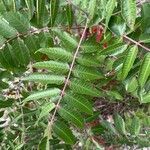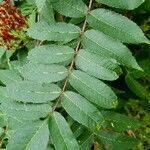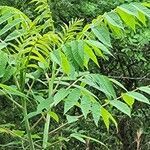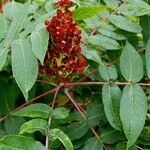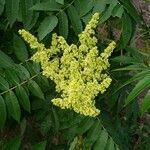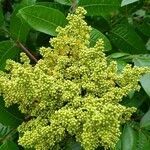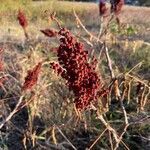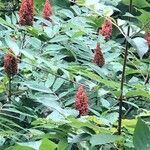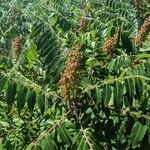| Therapeutic use
|
Dermatological Aid (bark), Gynecological Aid (bark), Ceremonial Medicine (bark), Hemostat (bark), Unspecified (bark), Heart Medicine (bark), Gastrointestinal Aid (bark), Pediatric Aid (flower), Antiemetic (fruit), Urinary Aid (fruit), Cathartic (fruit), Ceremonial Medicine (fruit), Unspecified (fruit), Dermatological Aid (fruit), Hemostat (fruit), Antidiarrheal (fruit), Gynecological Aid (fruit), Antihemorrhagic (fruit), Other (leaf), Dermatological Aid (leaf), Unspecified (leaf), Oral Aid (leaf), Cold Remedy (root), Emetic (root), Antidiarrheal (root), Throat Aid (root), Dermatological Aid (root), Dietary Aid (root), Hemostat (root), Heart Medicine (root), Oral Aid (root), Analgesic (root), Diuretic (root), Gynecological Aid (root), Urinary Aid (root), Venereal Aid (root), Dermatological Aid (seed), Gynecological Aid (seed), Other (seed), Venereal Aid (seed), Tuberculosis Remedy (tuber), Burn Dressing (unspecified), Antidiarrheal (unspecified), Oral Aid (unspecified), Respiratory Aid (unspecified), Alterative (unspecified), Other (unspecified), Ear Medicine (unspecified), Eye Medicine (unspecified), Dermatological Aid (unspecified), Antidote (unspecified), Internal Medicine (unspecified), Poison (unspecified), Asthma (unspecified), Astringent (unspecified), Cancer (unspecified), Diabetes (unspecified), Diuretic (unspecified), Dysentery (unspecified), Fever (unspecified), Fumitory (unspecified), Gargle (unspecified), Hemostat (unspecified), Refrigerant (unspecified), Sore (unspecified), Sore(Throat) (unspecified), Tonic (unspecified), Tuberculosis (unspecified), Urogenital (unspecified), Wart (unspecified), Wound (unspecified), Laxative (unspecified), Dysmenorrhea (unspecified), Gonorrhea (unspecified), Medicine (unspecified), Throat (unspecified), Adenopathy (unspecified), Lymphitis (unspecified), Skin (unspecified)
|
